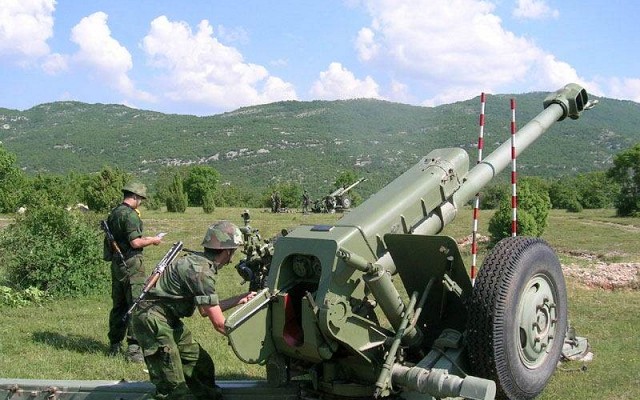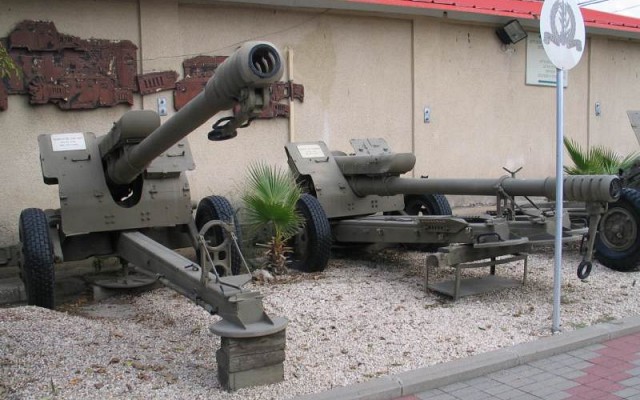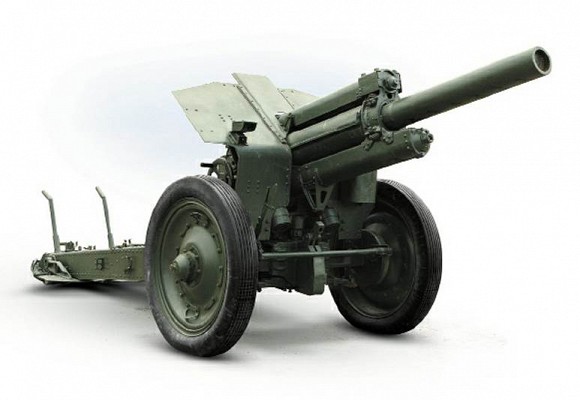122mm D-30
NATO: M1963 | China: PL96
Introduction
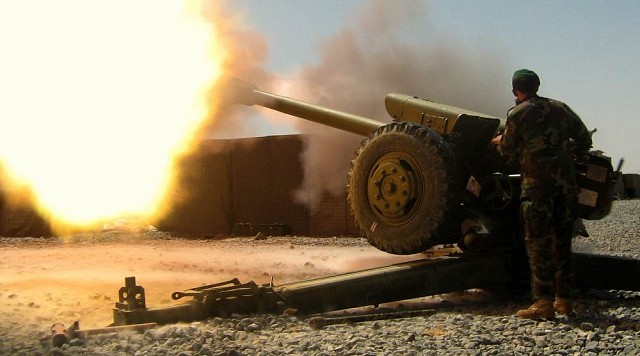
D-30
A D-30 in use with the Afghan National Army.
Source: US Army (Sgt. 1st Class David Trice) -
© public domain
1978 for D-30A
Russia - Spetsthenika
China - Norinco
Croatia - RH Alan
Egypt - Abu Zaabal
Iran - DIO
Iraq
North Korea
Serbia - Yugoimport
M1963 (NATO reporting name)
Type 96 / PL96 (Chinese production)
HR M94 (Croatia)
D-30-M (Egypt)
D-301 Shafie / HM-40 (Iran)
D-30J (Serbia / Yugoslavia)
D-30J Saddam (Iraq)
122 H 63 (Finnish service)
Khalifa-1 (Sudan)
Description
Introduction
The D-30 is a towed howitzer of Soviet origin. It was developed in the late 1950's to replace the older M-30 which had been in service throughout World War 2. The D-30 is a much more capable design than the M-30 and has a much better performance, even though it uses the same type of ammunition. The D-30 is the most numerous piece of artillery in service in the world. It was produced in large quantities and has been produced under license in various nations.
Layout
The D-30 has a unique layout since it uses a three leg chassis that serves as a stable firing platform that allows the ordnance to traverse a full 360 degrees. The ordnance has its recoil system mounted above the barrel and has a multislotted muzzle brake. A gun shields provides some protection over the frontal arc for the crew of 7. In the firing position the wheels are raised of the ground and located on each side of the gun shield.
Firepower
The D-30 fires the 122mm shells that are also used in the older M-30, but new types have been developed as well. The maximum rate of fire is 7 to 8 rounds per minute and 75 rounds may be fires in the first hour. The maximum range is 15.4 km with standard HE-Frag shells. A Chinese rocket assisted round is capable of reaching 21.9 km.
Mobility
The D-30 is often towed by a 6x6 truck such as the Ural 375D. The truck will normally also carry the crew and some of the 80 rounds that are usually available per gun. In the travelling position the three legs and ordnance are rotated in the same position and the D-30 is towed by a hook attached to the muzzle. This makes the truck and gun combination rather compact and very stable to tow at speeds up to 80 km/h.
Users
The D-30 was acquired in large quantities by the USSR and was widely exported to Warsaw Pact nations and Soviet allies in Asia, Africa and the Middle East. In many nations the D-30 is the standard piece of artillery. As such it has been used during most Eastern European, African and Middle Eastern conflicts since the 1960's. The D-30 is expected to remain in active service for many years to come.
Variants
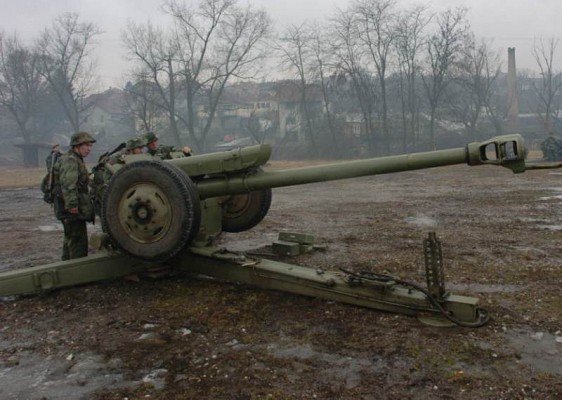
D-30
A Serbian D-30 in the firing position. Note the unique three trail carriage.
Source: Serbian MoD -
© copyright lies with original owner
Details
Media
Related articles
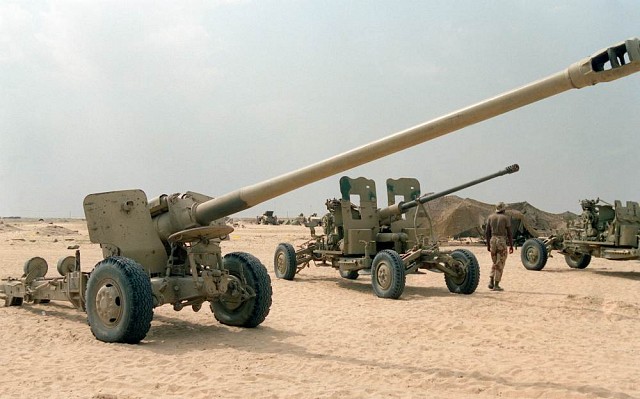
122mm D-74
The D-74 also is a Soviet 122mm howitzer but fires heavier range of shells over longer distances than the D-30 series.

2S1 Gvozdika
The 2S1 Gvozdika self-propelled howitzer uses a 122mm ordnance derived from the D-30.
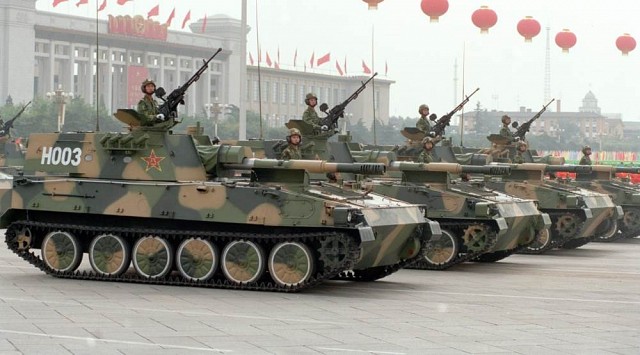
PLZ89
The Chinese PLZ89 self-propelled howitzer uses a 122mm ordnance derived from the D-30.
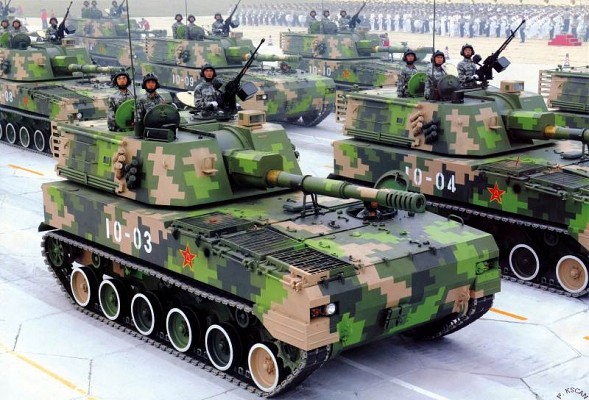
PLZ07
The Chinese PLZ07 self-propelled howitzer uses a 122mm ordnance derived from the PL96, the Chinese production variant of the D-30.
